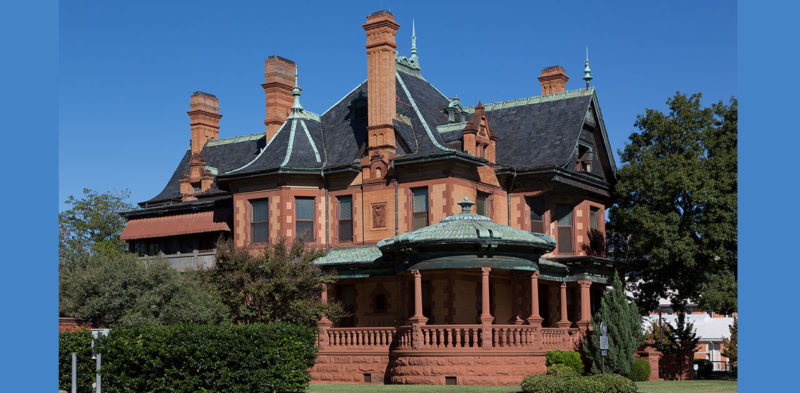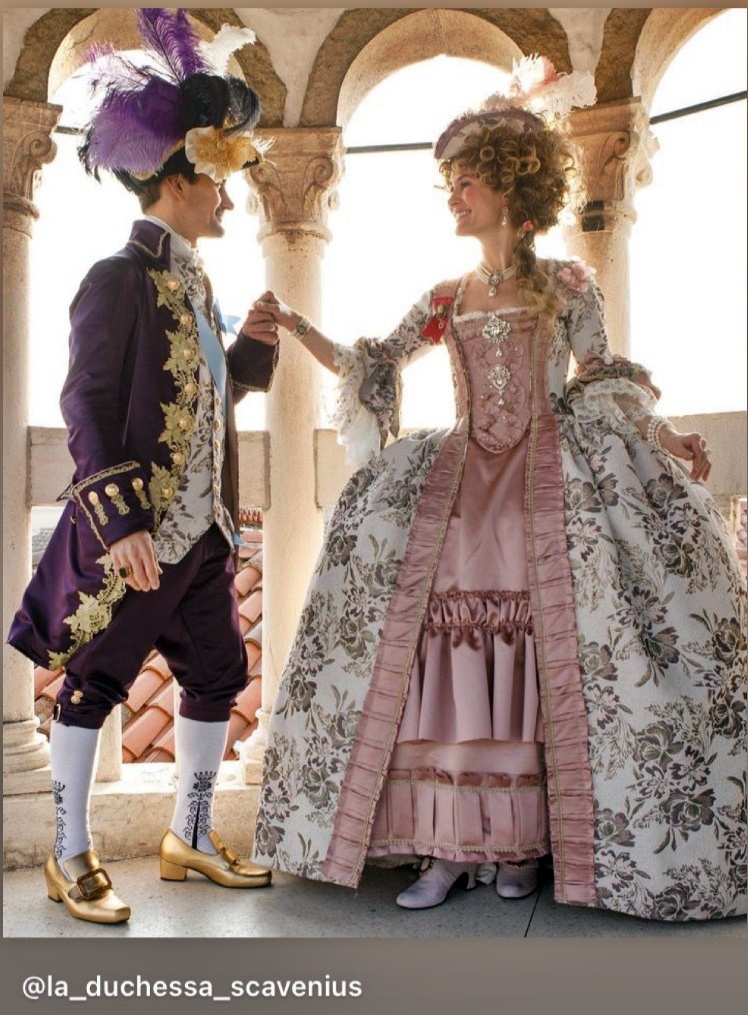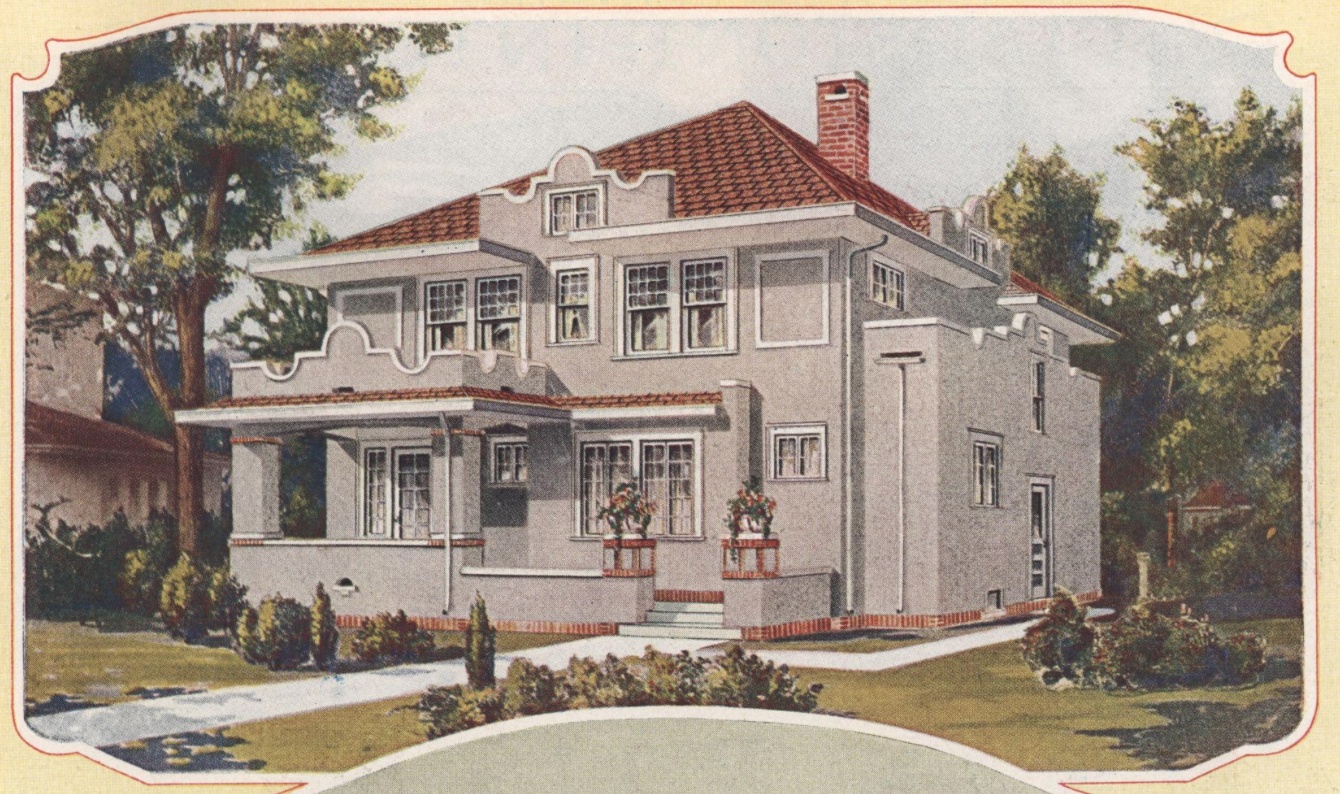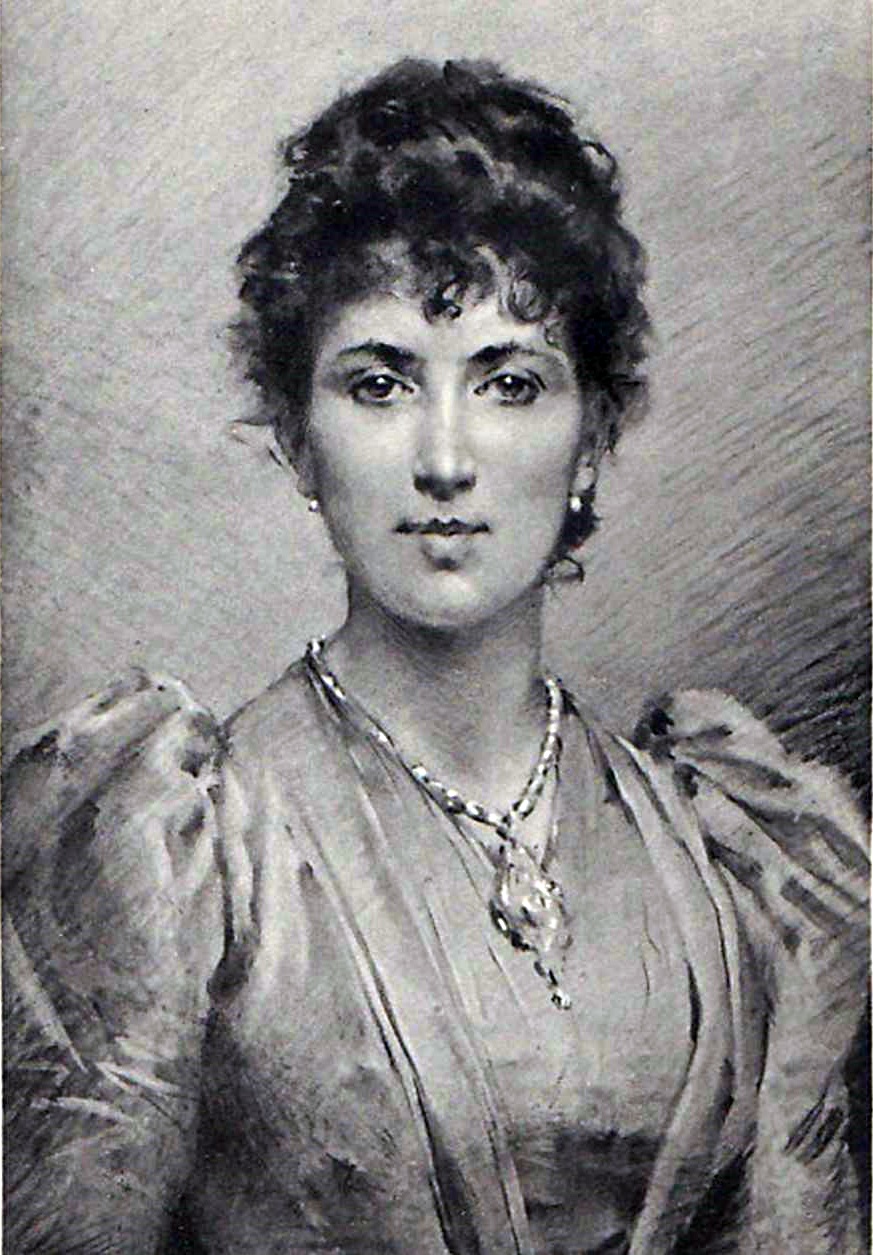The Industrial Revolution in the UK and America was the catalyst for change in architecture. By the time Queen Victoria ascended the throne, architects were embracing new materials and technologies that sparked the imagination. Mass production and mass transit (rail) allowed architects to explore a plethora of possibilities. There are many styles of home and building designs that came into existence during the Victorian era but none defines the era more than the Queen Anne (revival).
The Queen Anne style of architecture was popular from during the last two decades of the 19th century. Its popularity was waning by 1900 but its mark on the Victorian era is undeniable. We are fortunate that many of these structures still stand today.
Based on the red brick and half-timbered buildings built during the reign of Queen Anne (1707-1714), 19th-century architects such as H.H. Richardson created buildings suggesting this earlier era by incorporating high gables and multipaned casement windows. The style was inspired by the haphazard construction of buildings of the Queen Anne era. The style was adapted by those of modest means as well as by the wealthy.
Early Queen Anne revival homes were made of masonry, often using brick and half-timbering. Elaborate decorative stone accents embellished the design. There was an abundant supply of trees in America and new machine-driven lathes made the evolution to wooden structures possible. The ability to print and send through the mail made house plans accessible to the masses. One of the leaders in architecture-by-mail was George F. Barber. His designs were widely embraced and many of his designs live on today in neighborhoods around America.
So, what defines the Queen Anne revival? Beside the wood or stone exterior, the shape is quite distinctive by using asymmetrical design. They featured a combination of styles and few of them look the same. They have turrets or towers, wings, and bays that extend from the home in all directions. They are decorated with what we call ‘gingerbread’ trim made of complicated designs in wood or metal. Steep rooflines with many gables and overhanging eaves are other characteristics of this style. One of the most distinct features of the Queen Anne style is the wraparound one-story porch. The homes were often painted in new vibrant colors of the day, too.
This style was also very versatile and was adapted to a variety of home sizes. The design was used in cottages, mansions, and narrow city row houses, and allowed people of most means to be able to afford to build or purchase a Queen Anne home. Although many of the rooms were small, the interiors often included entry halls and prominent wooden staircases.
Is there a Queen Anne revival Victorian home in your neighborhood?
Resources
Featured photo credit: Photographs in the Carol M. Highsmith Archive, Library of Congress, Prints and Photographs Division
Architectural Styles of America and Europe – Queen Anne














Actually there is! I live in Granada Hills, CA, right in an area that used to belong to the O’Melveny family, and the oldest house in Granada Hills, built in 1890, is in a small residential street just off of my street! It’s absolutely beautiful!